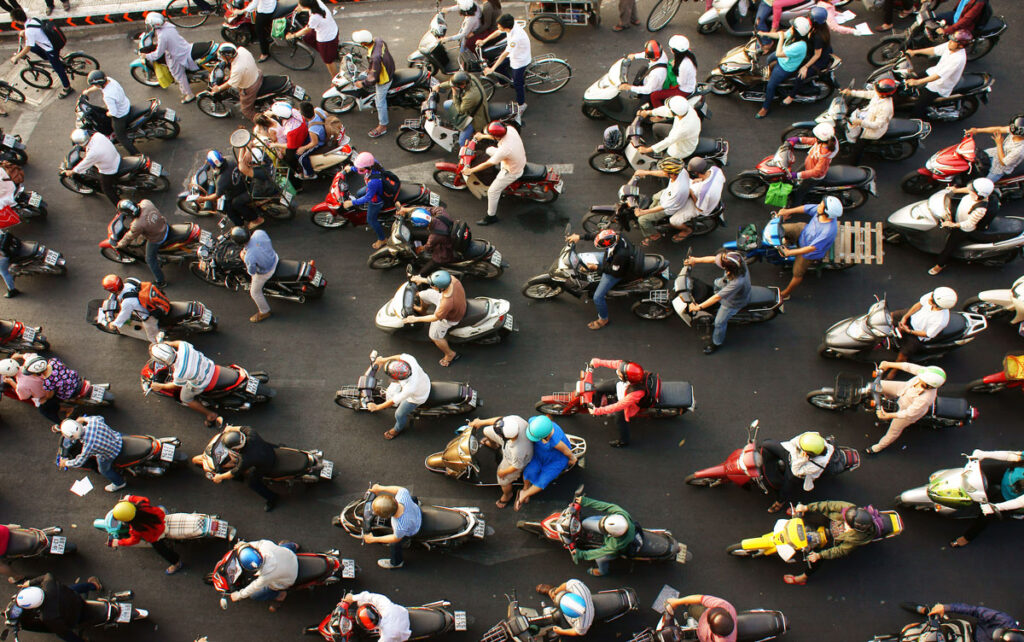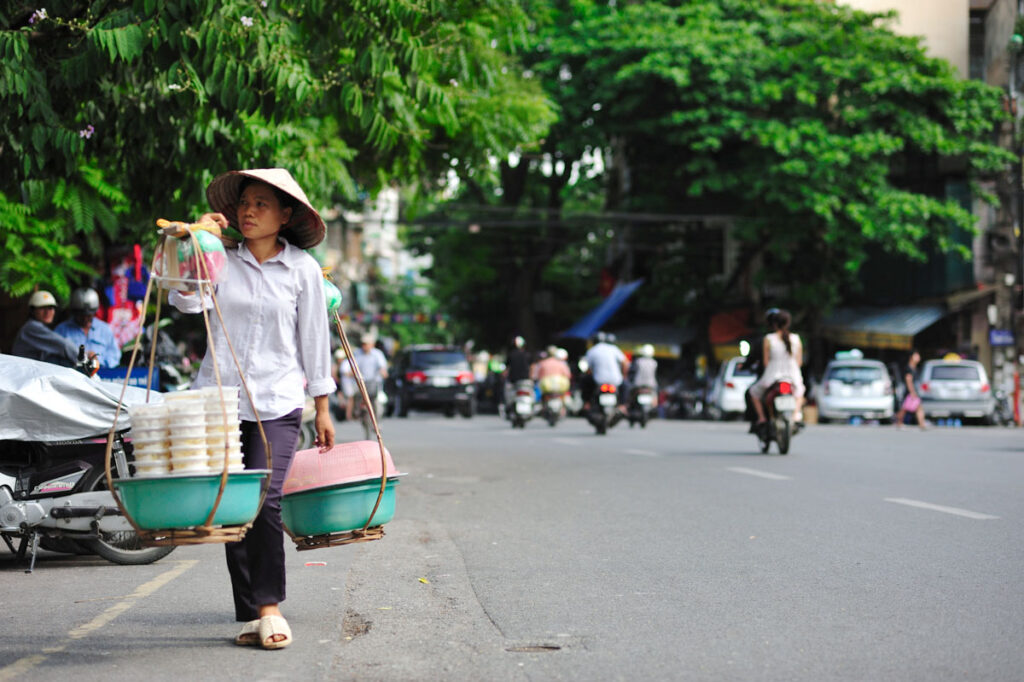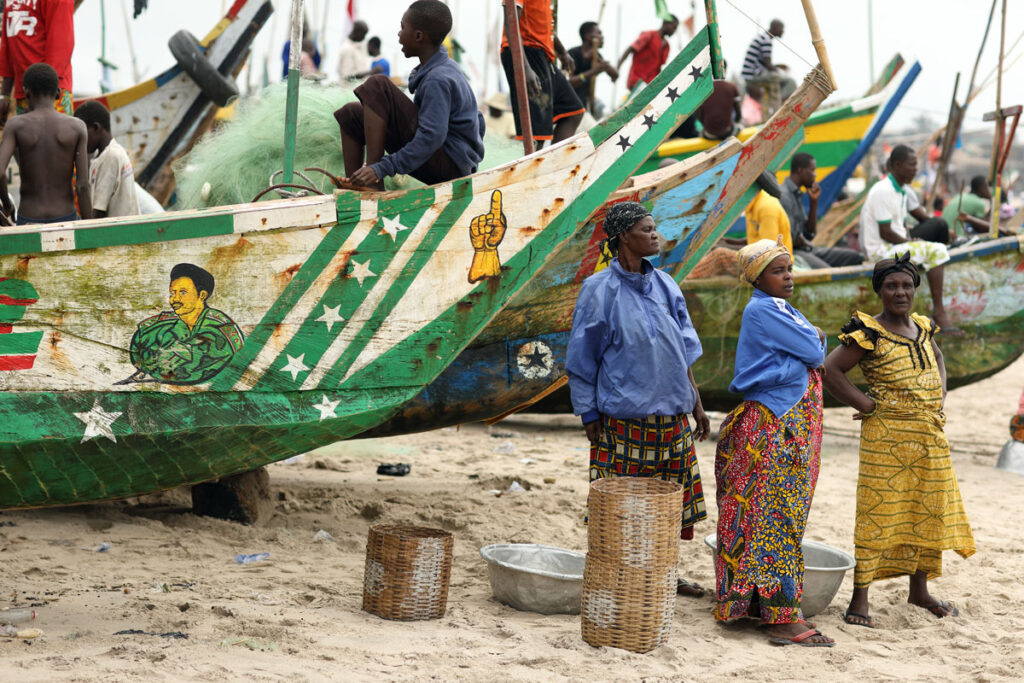To the backdrop of news accounts reporting cyclone after cyclone, hurricane after hurricane, questioning the reality of climate change is becoming pointless. While any single event is difficult to attribute to climate change, global warming does multiply and intensify hazards. Heat waves and droughts are predicted to become more frequent, intense and long lasting; heavier precipitation over shorter periods of time will heighten the frequency and intensity of flooding; sea level rise will generate higher surges; and storms are expected to increase in duration and strength[1].
The news accounts show that climate change will not only burden future generations, but that impacts are already leaving their mark on the earth’s surface. Particularly cities start showing scars from a range of extreme events. With about 54 percent of the world’s population currently living in urban areas and urban population growth projected at 2.5 to 3 billion by 2050[2], cities already are and certainly will be the primary battle ground where the fight against climate change will be won or lost.
Risks of climate change differ around the globe according to a city’s geographical location. Some regions may experience heavier rainfall as others turn drier. One phenomenon experienced worldwide – though the pace fluctuates regionally – is a rising air temperature. Storm, flood or heat wave, each type of natural hazard leaves a distinct signature as it revolves through a city’s sectors, causing direct and indirect, visible and invisible damages to assets, interrupting flows and services, and affecting people’s lives.
Basic infrastructure
Extreme natural events can cause extensive physical destruction to water and energy infrastructure that are expensive to repair and may result in reduction and/or disruption of supply and distribution. Flooding from a storm, intense precipitation or sea level rise moves trash, debris and pollutants, possibly contaminating ground and surface water supplies with chemicals and waterborne diseases. Saltwater entering drinking water reserves also threatens water quality, which may be exacerbated by material damages to treatment plants. At the same time, some regions experience a decrease in water availability attributed to a reduction in rainfall or the disappearing of small glaciers. What is more, while the clean water supply grows scarcer, need grows higher. Intensifying and longer-lasting heat events lead to spikes in demand bringing burden to numerous cities around the world.
These heat events, as well as steadily rising air temperatures, worsen urban heat island effects in cities, generating a greater need for cooling in order to prevent heat-related deaths[3]. As the use of air conditioning spreads, energy demand climbs. Energy transmission and distribution infrastructure, however, is growing ever more vulnerable to damage from landslides, storms and floods. Water can for instance short-circuit transformers, whereas wind gusts and ground movements may destabilise transmission towers and power lines. Power outages will occur more regularly as storms and flooding become more frequent and intense[4].
Mobility and built environment
Like energy networks, transportation systems in- and outside cities are also increasingly at risk from natural hazards. Snow or ice, heavy precipitation, flooding, strong winds, landslides and extreme heat can destroy transport infrastructure both gradually and suddenly, and generate short to long term disruptions in service. Damage to highways, bridges, railways, airports et cetera can severely constrain the circulation of goods, people and services resulting in high economic losses as well as potentially cutting fuel or food supplies to cities and communities. Power outages can also indirectly interrupt the mobility of modes connected to the electrical grid, such as trams, buses or cable cars, possibly leaving entire neighbourhoods un- or under-serviced [5].
Neighbourhoods risking isolation due to flooding, landslides etc. are typically inhabited by low-income communities, seeing as how the most affordable areas in cities are oftentimes highly exposed to flooding. The urban poor may illegally settle in flood zones or build homes using cheaper materials, likely disregarding building and safety codes.
Even when building and safety codes are respected, coastal erosion and saltwater intrusion from sea level rise as well as storm surges and inland flooding can severely damage residential and commercial structures, and render strips of land uninhabitable. Built and natural heritage sites may be ruined. In the arctic region, the melting of permafrost is causing soil subsidence and destabilising buildings and infrastructure. Residents may be forced to abandon their homes and settle in other areas of the city or country unfamiliar to them, distanced from social networks and employment opportunities.
Urban economy and industries
As a large percentage of urban areas around the globe become more prone to climate change risk, not only citizens but commerce and economic activity too may be displaced whether due to direct physical impacts, or rising insurance costs. Insurance companies may raise premiums or limit coverage trying to mitigate higher risk and uncertainty. In particular coastal cities with extensive floodplains will fall victim to these changes.
Building and infrastructure damages from climate change impacts affect numerous industries as they lead to disruptions in communications and electricity distribution, as well as to interruptions in supply chains and transport. Delays and cancellations in passenger transport on land, water and in the air generate for instance substantial economic losses in the tourism sector. In addition, the gradual erosion of coastlines deteriorates beach infrastructure, multiplying maintenance costs and potentially reducing tourist activity[6].
The food industry too may come under strain, as distribution suffers interruptions from infrastructural damages and production undergoes changing weather patterns, e.g. less regular yet more intense rainfall. Agricultural yields from wheat, rice and maize crops are projected to shrink at local temperature increases of 2˚C or higher above current levels. Access to food may become precarious as variability in market prices heightens.
Ecology and health sector
Shifts in temperature and weather patterns are altering ecosystems and compromising the services humans obtain from them all around the world. Wetlands that protect urban areas from natural events are eroding from reduced precipitation or marine water intrusion, and leave cities (more) exposed to flooding. Higher temperatures may exacerbate urban heat island effects to the point where the concentration of certain conventional air pollutants such as ozone may become hard to control. This will have an impact on citizens with chronic respiratory diseases as well as cause short term issues with lung functionality[7]. A hotter climate may also provide a thriving environment for infectious and vector-borne diseases. Similarly, less rainfall or different thawing periods will reduce the availability of clean water and modify a region’s natural water purification mechanism, thus facilitating the spread of water-borne diseases.
Mounting incidences of asthma and infectious diseases, as well as a heat-related mortality projected at over 152,000 deaths per year in 2100 in Europe alone[8], suggest the demand for public health services will drastically increase in the (near) future. Already natural disasters are generating fatalities and injuries, cyclically putting stress on health facilities and medical personnel. At the same time, however, access to and the provision of health services are at risk. Floods, storms and landslides cause structural damage to buildings, or create power outages that disrupt water and energy supplies. Where most citizens may be able to complement public health systems with private sector services, groups in vulnerable situations may on the contrary not have the means to access to these parallel services. As a result, both sudden and slow-onset climate change impacts tend to exacerbate underlying vulnerabilities present in a city.
Social vulnerabilities
Climate change risk does not affect each citizen the same way, it reinforces hidden inequalities to the disadvantage of several groups. The urban poor may settle on land that is cheaper yet more exposed to hazards. Disasters may force indigenous peoples to relocate to risk-prone areas due to a lack in land tenure security. Basic social services, or emergency assistance, may not be equally accessible to minorities or internally displaced persons. Disasters may also interrupt children’s schooling, sometimes for months at a time, or leave lone elderly and people with disabilities isolated, with reduced or no access to services[9].
Finally, sudden natural events and changes in ecosystems are instigating (mass) migration. The number of ‘climate migrants’ is estimated to climb to 200 million by 2050, of which the majority will likely be absorbed by cities[10]. Unless urban governments step up to the challenge of mitigating and adapting, climate change will increasingly put pressure on infrastructure and services, and worsen existing vulnerabilities in its path.
The role of cities
There should be no doubt about the risk the warming of the earth’s surface poses to cities and people around the globe. When the changing climate leaves its mark on a single or several sectors, it does so immediately or gradually on others too through the inter- and intra-connectedness of urban systems. Cities are therefore at an important crossroads.
They will be the primary battle ground where the fight against climate change will be won or lost. With a projected 60% of the world’s population living in urban areas by 2030, local governments will have no choice but to face these challenges and carry the responsibility of protecting an increasing number of people and assets. Although the adaptive capacity of cities may vary, local authorities’ close position to citizens gives them the advantage of tailoring responses to local contexts and demands, more than national governments can. All around the world cities often have autonomy over functions of governance that are essential to lead the charge on climate change, such as building and safety regulations, and transportation infrastructure and services. Even if financial resources stem from national and international levels, implementation will happen at the hands of local stakeholders[11].
Therefore, in an increasingly urban world cities need be at the forefront of the fight against climate change, taking far-going, holistic actions towards mitigation and adaptation. Only then may we be safe from destruction and shape an urban world for current and future generations to come.









